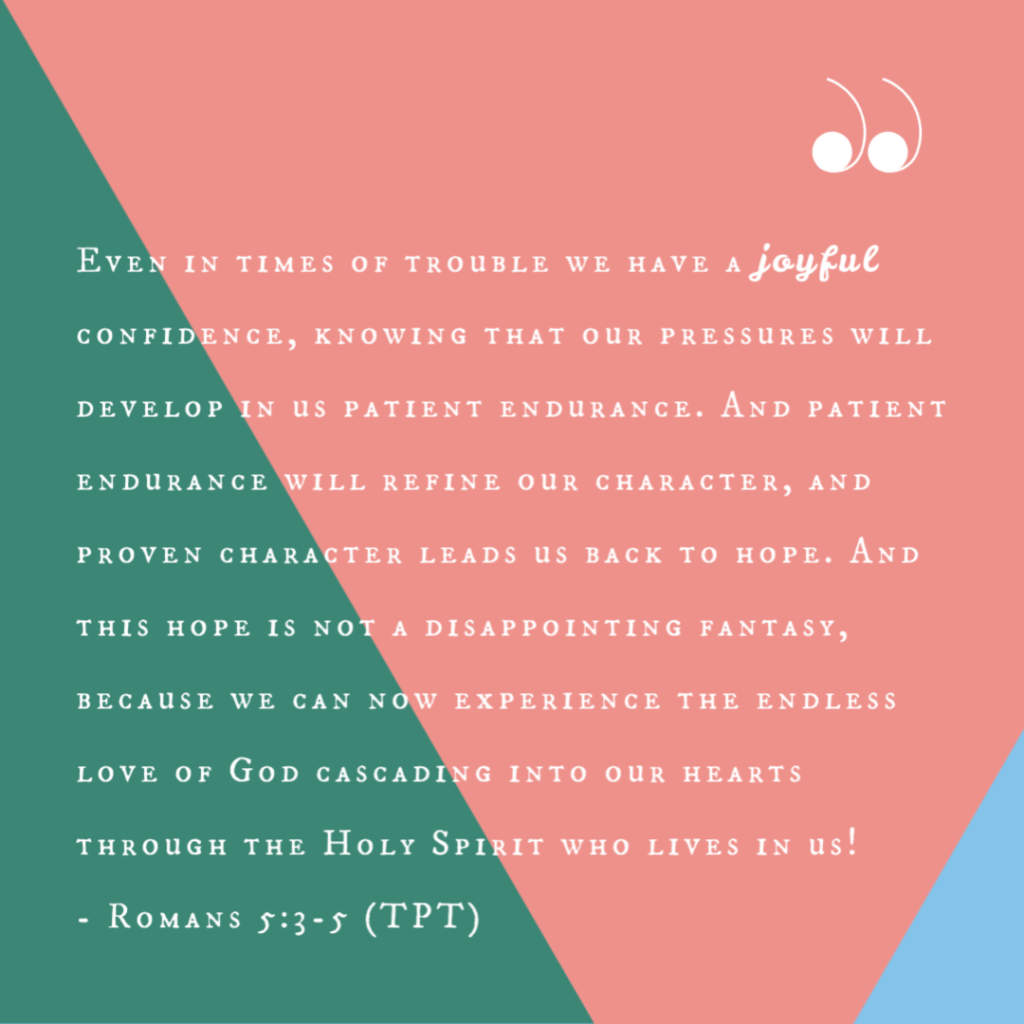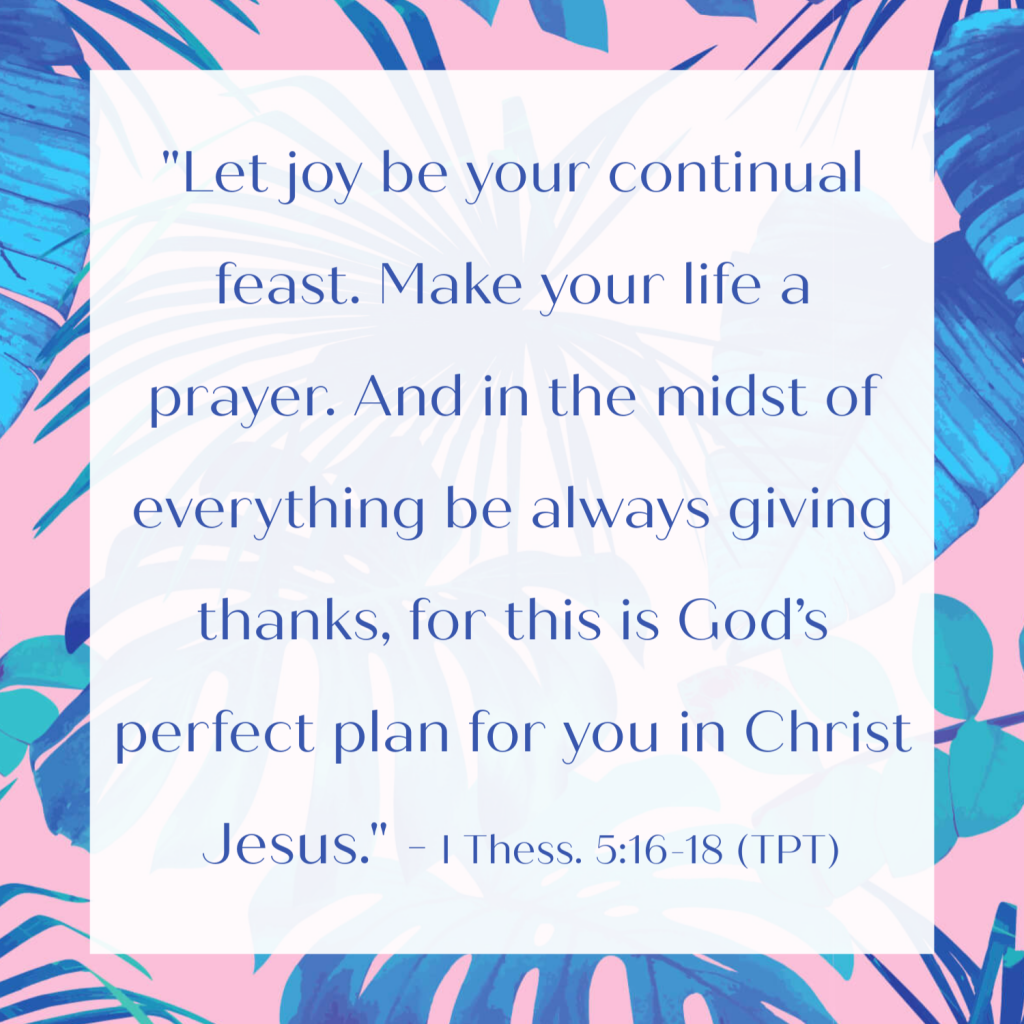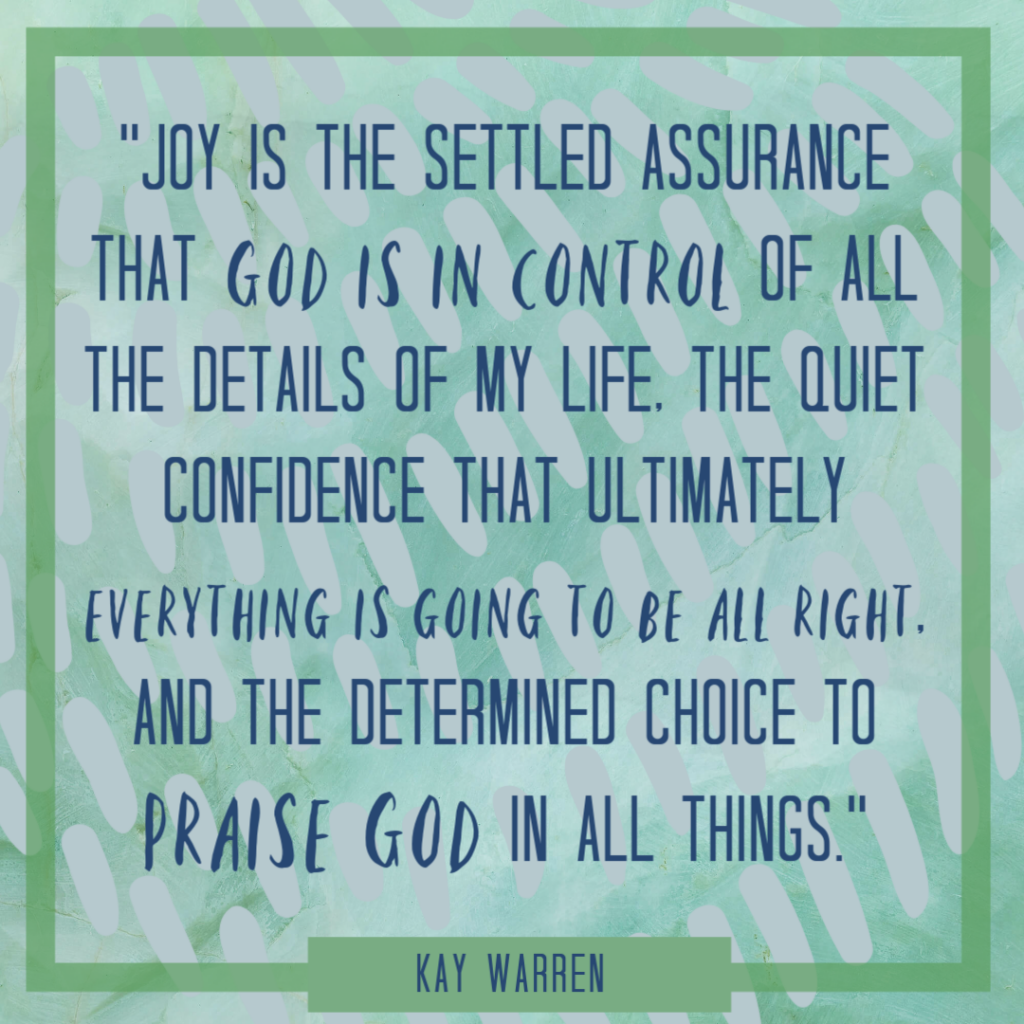We’re nearly a week into the new year, but since you haven’t heard from me since last week year, let me take this opportunity to wish you “Happy New Year!” I hope that you all had a delightful holiday and are embracing the fresh start that comes with the turn of a calendar page.

In a New Year’s-themed episode of her podcast The Next Right Thing, Emily P. Freeman pointed out that “while both looking back in reflection and looking ahead with plans are a huge part of the conversation right now, most of us tend to lead with either one or the other.” Emily prompted us to ask ourselves, “Do you find it easier to look back and reflect on your life, to assess what worked and what didn’t, to learn what you can from the year you’ve just lived through in order to move with more awareness into the year ahead?” Or are you a more forward leaner, who lets yourself “find all the joy in the fresh plans and hopeful dreaming, [who sets your] goals with intention and heart and excitement”?
My answer to Emily’s question is that I am BOTH. As someone who is reflective by nature, and also a big fan of goal-setting and intentionality, I always enjoy spending some time in December looking back on all that has happened and what I learned, then looking forward to January with its infinite opportunity for growth and change.

Over the last several years, I’ve mostly broken up with New Year’s resolutions and goal-setting. I find that it’s more effective for me to make adjustments when the need presents itself and when I’m in the right mindset, not just because January 1st told me to. Instead, I’ve replaced traditional resolutions with the practice of choosing One Word to shape my year. 2020 is my sixth year of having One Word (you can read about past words Open, Integrity, Love, Grace, and Abide), and each of the past five years has been shaped in beautiful and sometimes surprising ways by the Words I have chosen. Last year’s experience with Abide was particularly poignant: in a year marked by external change, I was able to maintain a heavenly mindset as I chose each day to walk with God and allow Him to cultivate fruit within me.
In the past few months, as I began praying over my Word for 2020, there was no question that God was calling me to claim Joy for the coming year. (It’s not a coincidence that we chose Joy as Kalinda’s middle name, or that it’s the nickname I’ve settled on for her.) As you might recall from last year’s post, joy was nearly my word in 2019, and while God ultimately led me in a different direction, I believe that in giving me abide for 2019, the Lord was setting me up for success with joy in 2020. I haven’t forgotten the phrase we heard from a camp pastor at the end of 2018: “when you dwell [abide] in God’s presence there is fullness of JOY; and the joy of the Lord is our strength.”

It’s true that my year of abiding brought some moments of incredible joy, but I admit that it wasn’t a mindset I chose every day. I was not joyful as we packed up our last house and moved into a new one. I struggled to find joy in the midst of a grueling pregnancy. Now that the twins are here, I can honestly say that I am happier than I have been at any other point in my life, but the joy I feel in my heart is not always reflected in my words, actions, or especially my interactions with my husband and children.
I tend to be a glass-half-empty type of gal. I am genetically inclined to depression and overwhelm, and I often allow the weight of my emotional burdens and the tediousness of the day-to-day to overpower my internal spark of joy. But it hit me a few weeks ago: my life is far too wonderful, and far too blanketed in blessings, to NOT exude joy from every pore in my body. I want those around me—especially those closest to me—to be bathed in the joy flowing out of me. I want a sense of joy to be the first thing strangers notice about me. And I join Kay Warren in wanting my kids to be able to say, “My mom had a lot to deal with, but she overcame her personality. She didn’t let her struggles define her. And at the end of the day, my mom was a woman of joy.”

I fully agree with author Lewis Swedes, who writes that, “You and I were created for joy, and if we miss it, we miss the reason for our existence! Moreover, the reason Jesus Christ lived and died on earth was to restore us to the joy we have lost. . . . His Spirit comes to us with the power to believe that joy is our birthright because the Lord has made this day for us.” I was created for joy, and beginning in 2020, I want my life to reflect this God-given purpose.
In setting out to live with joy in 2020, I knew I needed to get clear on what joy is and what it is not. For guidance with this, I turned to the book Choose Joy by Kay Warren (wife to Purpose Driven Life author Rick Warren). In her book, Warren provides this definition: “Joy is the settled assurance that God is in control of all the details of my life, the quiet confidence that ultimately everything is going to be all right, and the determined choice to praise God in all things.”
In other words, joy is not simply happiness. It is not turning a blind eye to negativity. It is not an absence of pain or struggle (and it can in fact coexist and even thrive in the midst of trying circumstances). Joy is also not something that happens to us, but something that WE CHOOSE and that is further cultivated in us as we fully rest in God’s promises and His sovereignty.

As I pursue joy in 2020, my first step will be to embrace an attitude of joy when I wake up each morning . . . as well as in the wee hours of the morning when I’m up with screaming babies and my tendency would be to grumble and complain. To help me in this pursuit, I have identified a number of small steps and changes I can make in my everyday life that will set me up for joy-filled success: more laughing with my kids; more spontaneous dance parties; more singing; more kind words and compliments; more silliness and less self-consciousness; more mindfulness when I’m tempted to check out on my phone or with a podcast; more date nights; more nourishing foods; more small acts of kindness and generosity; more time reading and less time scrolling; more meaningful interactions on social media and less lurking; more conversations with friends; more assuming the best in others; more playdates; more moving my body in helpful (not punitive) ways; less worrying what others will think; more assuming the best in others; less resentment; less overanalyzing and second guessing; more time in the real world and less time in my head; more doing things because I genuinely want to and not because I think I should.
While these simple (not easy) steps can set me on the path to joy, I am confident that they will not be enough. Kay Warren writes that life is like “a set of parallel train tracks, with joy and sorrow running inseparably throughout our days. Every day of your life good things happen. Beauty, pleasure, fulfillment, and perhaps even excitement occur. That’s the track of joy. But every day of your life also holds disappointment, challenges, struggles, and perhaps even losses for you or those you love. That’s the track of sorrow. Most of us try to ‘outsmart’ the sorrow track by concentrating our efforts on the joy track, as if by our positive outlook or outright denial of reality we can make the sorrow track go away. That’s impossible, because joy and sorrow will always be linked.” In other words, I cannot expect my joy to be dependent on variable circumstances or my own attempts at infusing my daily tasks and interactions with things that make me feel happy.

Ultimately, the Lord is the one true source of joy. I will experience joy when I spend time meditating on God’s Word, His character, and His promises. Joy will come as I learn to value the things that God values and adopt a heavenly mindset. When I embrace a grateful attitude and open my eyes to God’s goodness, I will develop a settled assurance that He is in control. This is joy, and this is what I believe He has for me in the year to come.